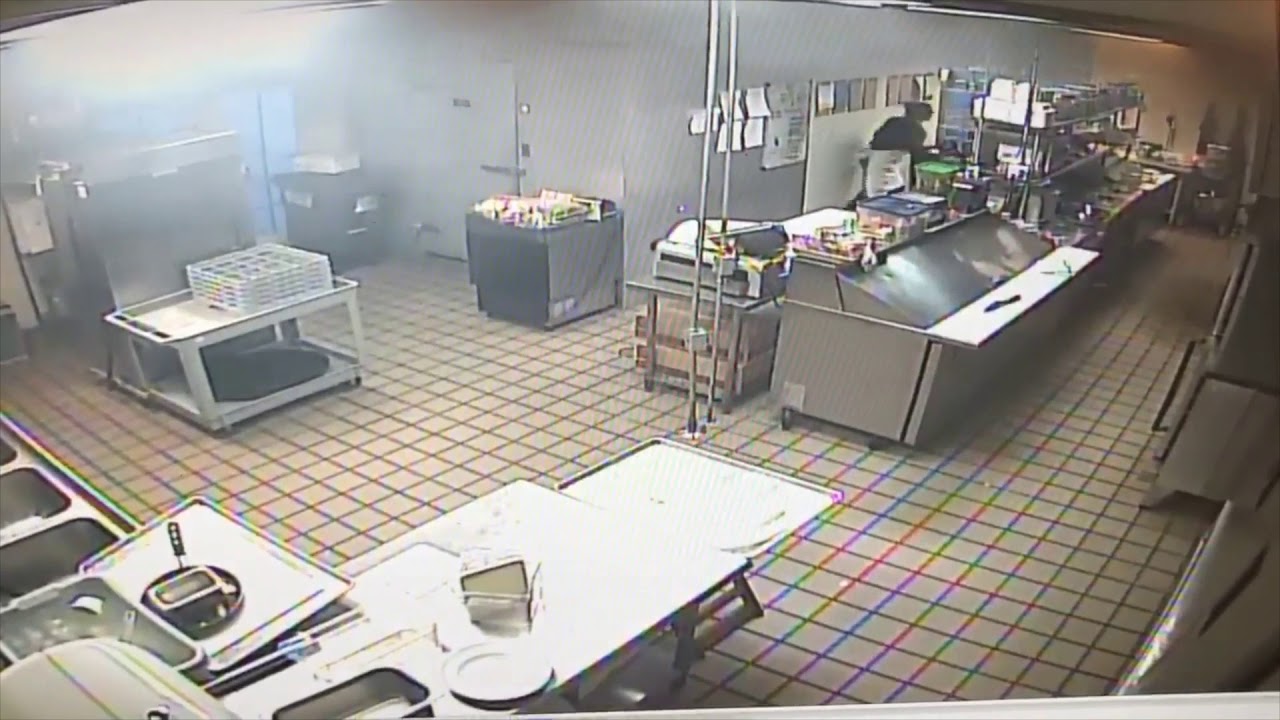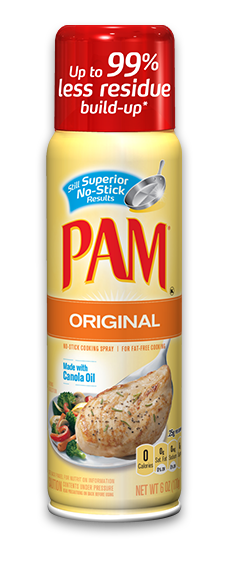Incidence of Cooking Spray Injuries
There have been multiple reports of Pam and other cooking sprays exploding, venting, or igniting and causing serious injuries:
- In April 2012, two restaurant employees in Colorado were hospitalized after a can of cooking spray exploded in the kitchen.
- In July 2017, a New Jersey woman suffered second and third-degree burns on her face when a can of cooking spray left near the stove burner exploded. The explosion caused a fire that ignited the woman’s clothing and burned her face.
- In August 2017, a woman in Ohio suffered serious, life-threatening burns all over her body when a can of cooking spray suddenly exploded in her kitchen, as reported on Fox 19.
- A woman in Connecticut suffered first, second, and third-degree burns to the face, chest, right arm and hand, and right leg and foot when a can of Pam cooking spray in her kitchen suddenly exploded and burst into flames, as reported in the June 15, 2018 CT Post article.






